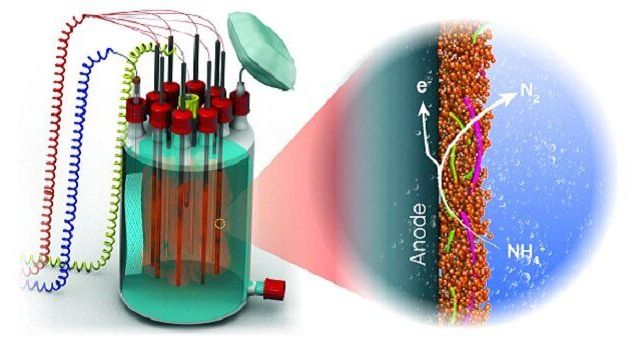In the average human body, tens of billions of cells die everyday. It’s a natural process, important for keeping the body healthy. Now, for the first time, researchers at Yale School of Medicine have directly imaged the death of neurons in mice, as well as how the body clears them out afterwards.
Although it might seem like brain cells are things you’d definitely want to keep around, it’s better to get rid of the ones that aren’t working. After all, a build-up of dead cells can damage the nervous system and has been implicated in neurodegenerative diseases.
To prevent this, the brain – and indeed the rest of the body – has a natural process that clears out dead cells. But scientists haven’t been sure about the exact mechanisms at work during this cellular “corpse removal” process.





